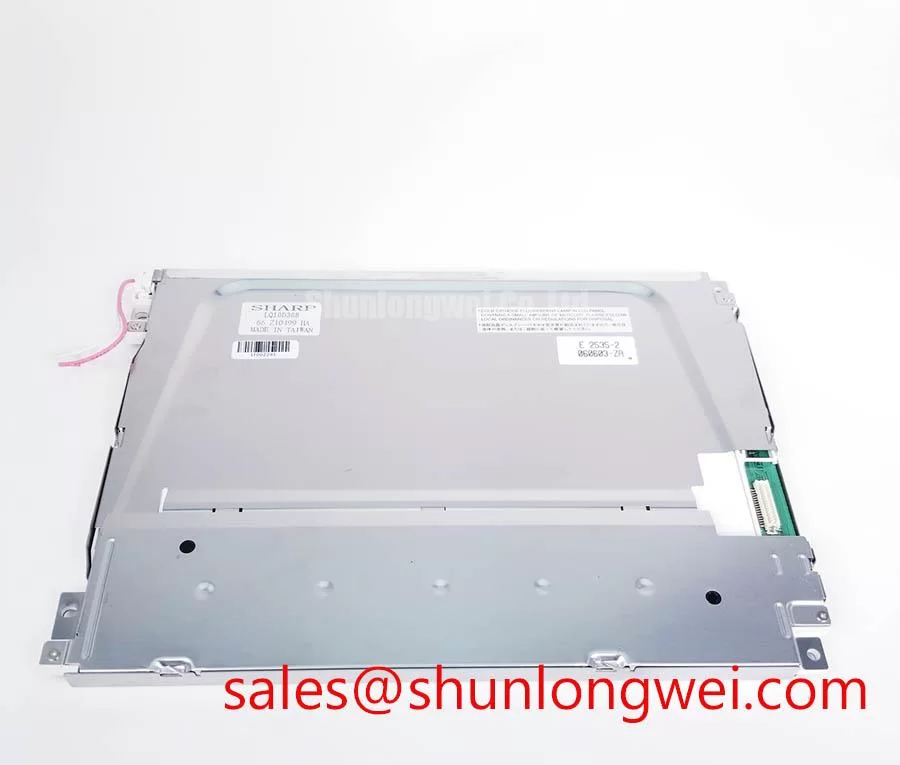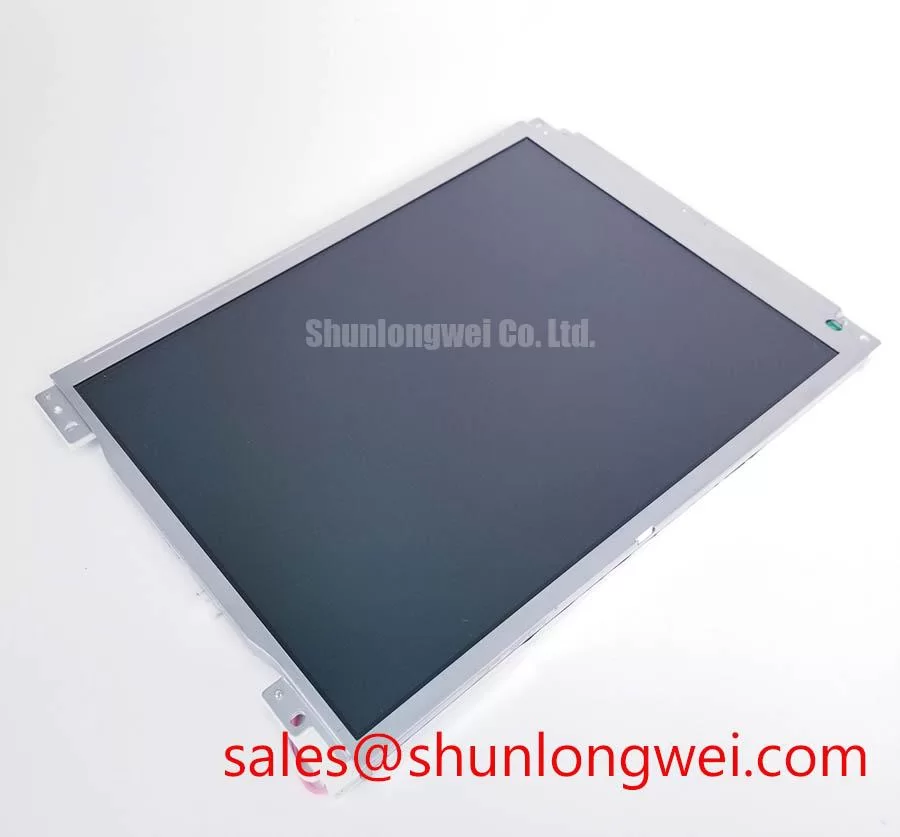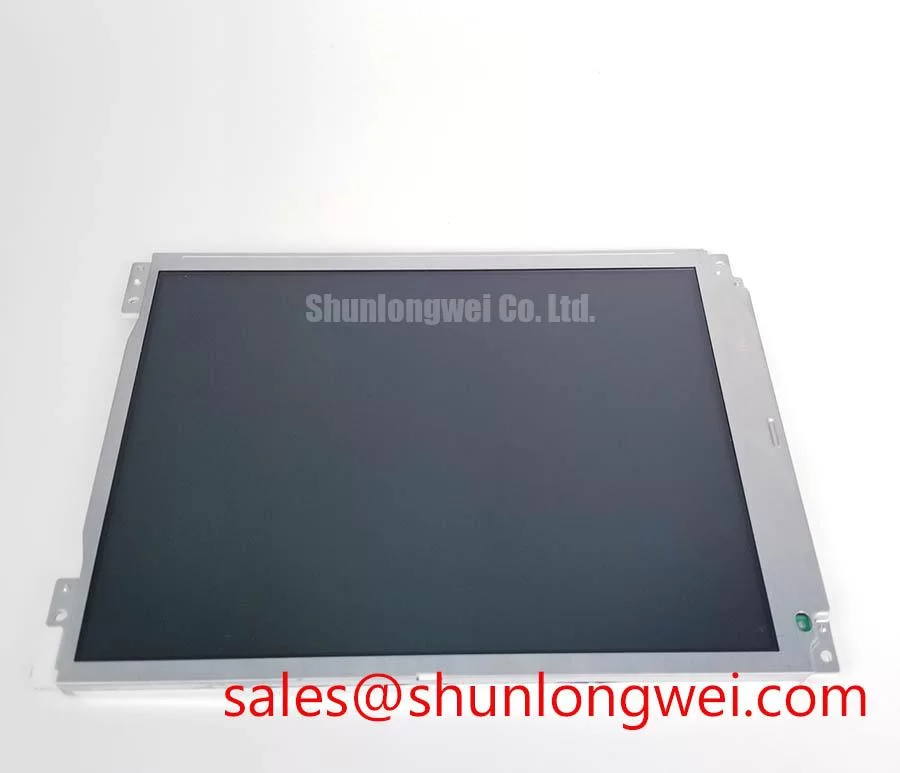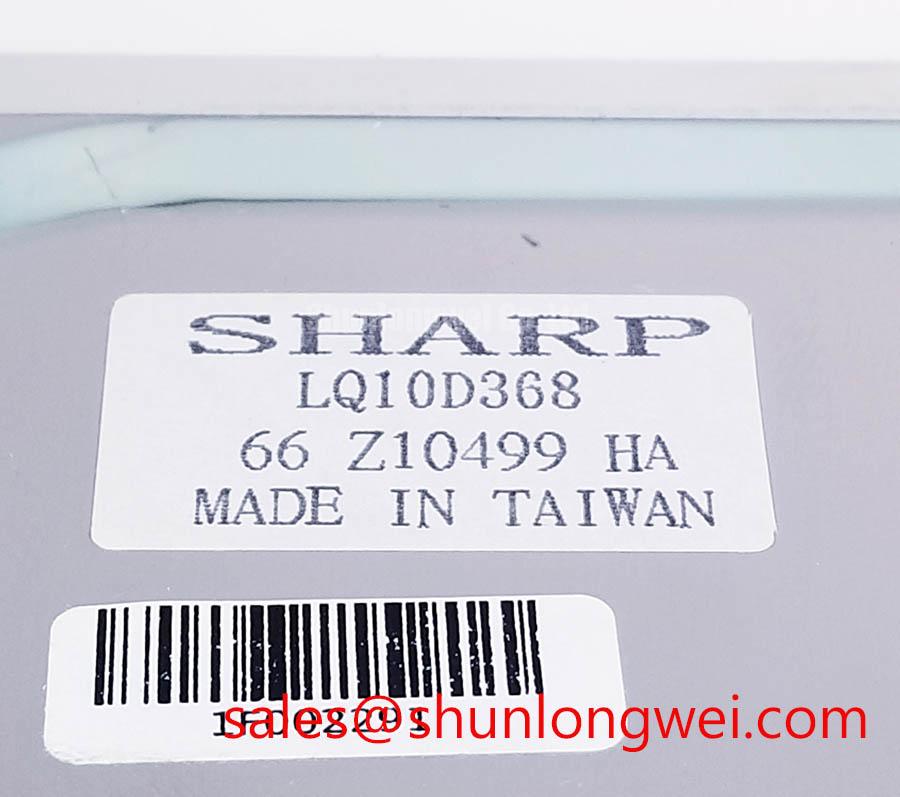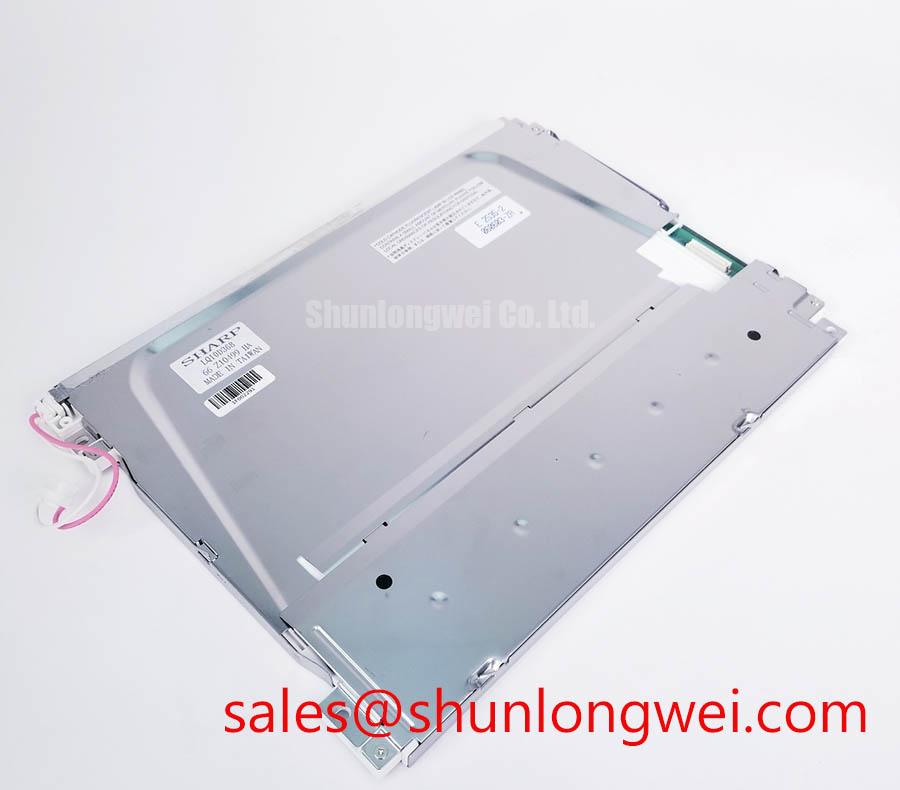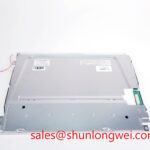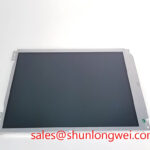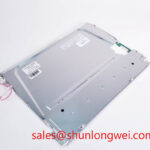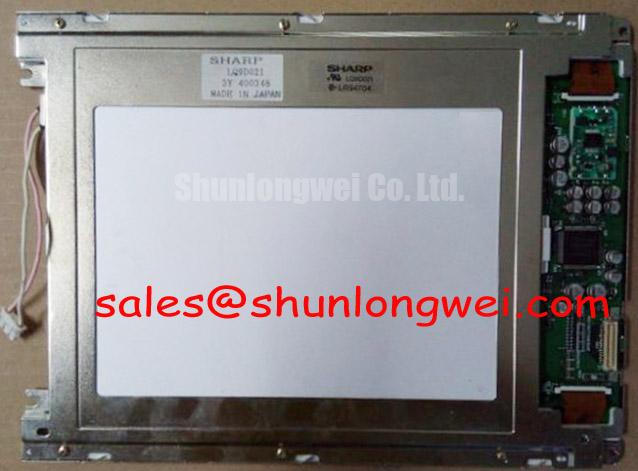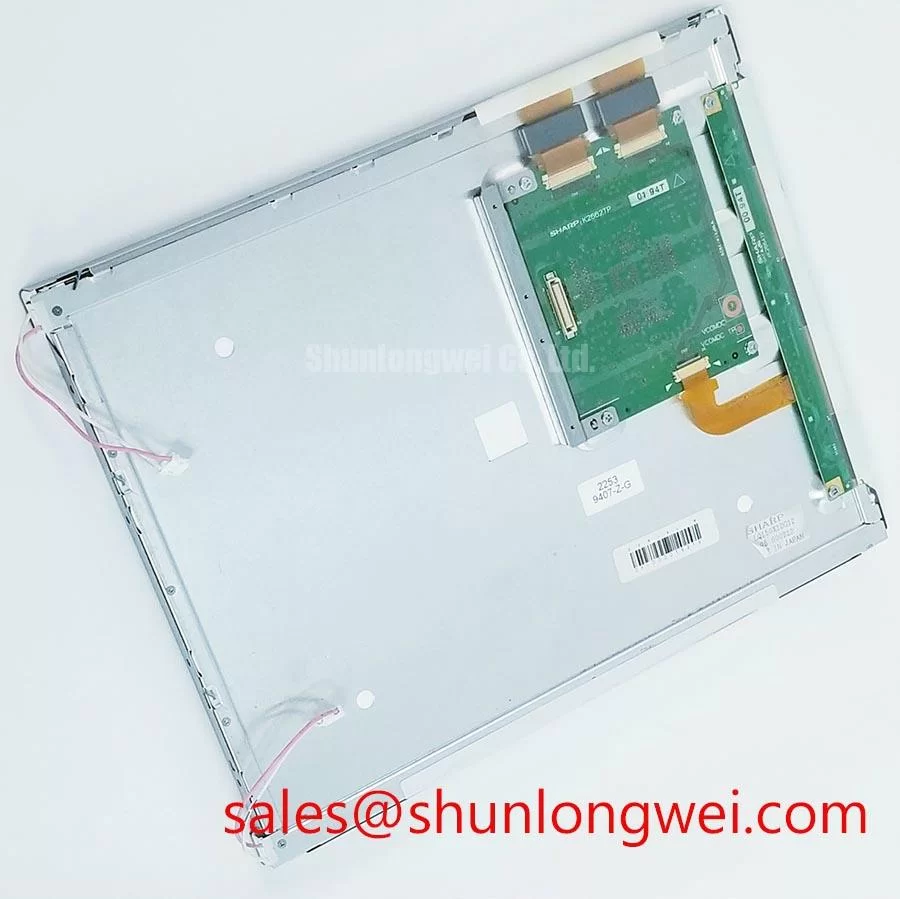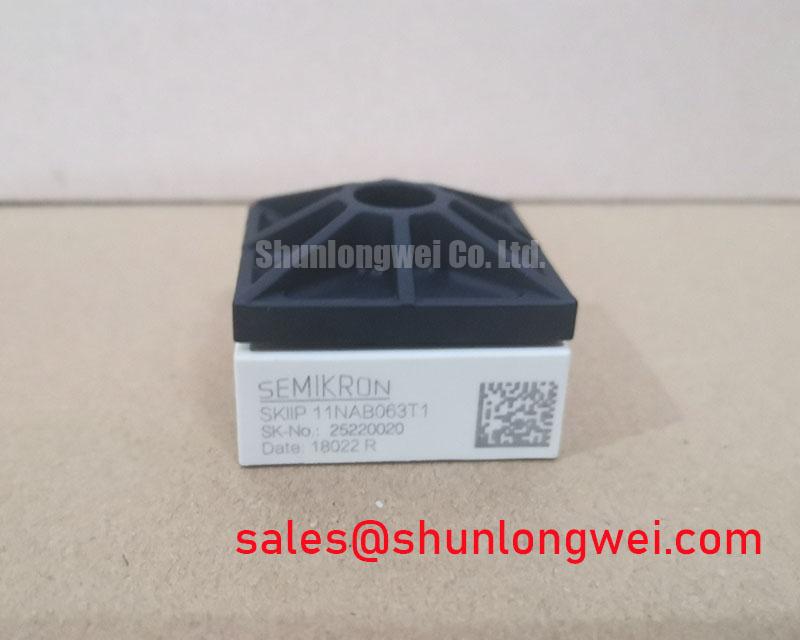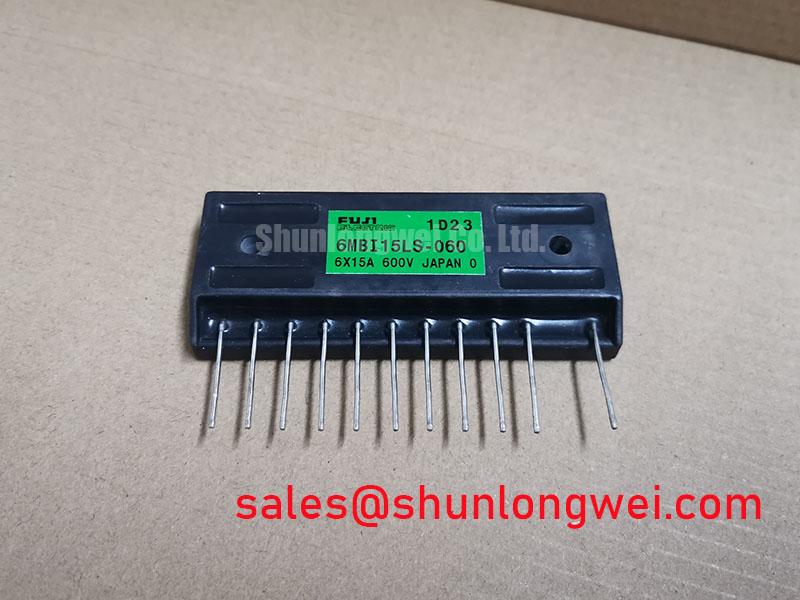Sharp LQ10D368: 10.4" VGA TFT LCD for Robust Industrial HMIs
Engineered for Operational Integrity in Demanding Environments
The Sharp LQ10D368 is a 10.4-inch color TFT-LCD module designed for consistent performance where environmental stability and clear visuals are paramount. It delivers a proven solution for industrial human-machine interfaces (HMIs) and instrumentation that must function reliably outside of climate-controlled settings. For engineers developing systems for factory floors or mobile equipment, the LQ10D368's specifications for temperature and vibration provide a framework for long-term operational dependability. This focus on durability ensures data remains accessible and readable under challenging industrial conditions.
Top Specs: 640x480 VGA | 250 cd/m² Brightness | -10 to +65°C Op. Temp.
Key Benefits:
- Enhanced environmental resilience
- Clear readability under industrial lighting
Technical Architecture for Environmental Stability
The foundation of the LQ10D368's performance is its use of a-Si TFT (Amorphous Silicon) active matrix technology. This established technology provides a stable and cost-effective platform for the display's 640 x 480 pixel resolution. The module integrates the display driver ICs directly onto the glass, creating a compact and mechanically sound unit. The backlight system consists of two cold cathode fluorescent lamps (CCFL) with an integrated inverter, designed to provide the panel's typical 250 cd/m² brightness. A key feature for industrial usability is the anti-glare surface treatment, which diffuses ambient light to reduce specular reflections and improve screen legibility for operators.
Strategic Advantages in Non-Ideal Operating Conditions
In the landscape of industrial automation and field instrumentation, the total cost of ownership often outweighs the initial component price. Displays that fail prematurely due to environmental stress can lead to costly downtime and field repairs. The Sharp LQ10D368 addresses this by providing a specification set aligned with these challenges. Its ability to operate in sub-zero temperatures (-10°C) and elevated heat (+65°C) reduces the need for complex and costly external heating or cooling systems in many applications. This broadens the potential for deploying sophisticated graphical interfaces in sectors like agriculture, logistics, and process control, where equipment is frequently exposed to the elements or operates in unconditioned facilities. For a deeper understanding of the differences in display robustness, see our guide on Industrial vs. Consumer Displays.
Deployment Arenas: From Factory Floors to Field Instruments
The technical characteristics of the LQ10D368 make it a suitable candidate for a range of specific applications that demand both visual clarity and physical resilience. The design considerations cater to environments where operators need immediate, unambiguous access to data.
- Industrial Control Panels: In manufacturing settings, the display's anti-glare surface and defined contrast ratio ensure that process parameters and alerts are clearly visible under strong overhead factory lighting.
- Medical Diagnostic Equipment: Provides a clear and stable image for portable or cart-based diagnostic systems that are moved between rooms with varying temperatures and lighting conditions.
- Test and Measurement Instruments: Offers a reliable user interface for portable field testing equipment that may be used in workshops, hangars, or outdoor environments.
- Point-of-Sale (POS) and Kiosk Systems: The specified temperature range supports deployment in semi-outdoor or entry-way locations where temperature fluctuations are common.
For VGA-resolution HMIs in mobile or unconditioned industrial settings, the LQ10D368's specified operational temperature range makes it a distinctly practical choice over less ruggedized panels.
Engineering for Longevity: Deployment Considerations
When integrating the Sharp LQ10D368, long-term reliability is directly influenced by proper system design. The datasheet specifies a vibration tolerance of up to 9.8 m/s² (1.0G), a critical parameter for mobile applications. To leverage this, designers should ensure that mounting hardware provides adequate damping to isolate the unit from excessive shock and vibration beyond its specifications. This vibration tolerance can be conceptualized as a suspension system for the display's internal structures; it protects delicate connections from the constant jarring that would degrade a standard consumer-grade panel. Furthermore, managing the thermal environment is key. While the unit is designed for a wide temperature range, ensuring adequate airflow around the module will help keep the CCFL backlight and driver components within their optimal operating window, contributing to maximizing the stated 50,000-hour lamp life.
Specification Analysis for Informed System Design
Evaluating a display requires looking at how key parameters interact to influence the final user experience. The LQ10D368 presents a balanced set of specifications for its intended applications. Its 300:1 contrast ratio, for instance, is the measure of distinction between the brightest white and darkest black. In an industrial context, this is like the clarity of road signs in foggy weather; a higher ratio means critical information is less likely to be obscured by on-screen visual noise. This ratio, combined with the 250 cd/m² brightness, is calibrated for indoor and controlled outdoor lighting conditions. For systems that require a different set of visual parameters, the LQ104V1LG61 offers alternative specifications for evaluation.
LQ10D368 Core Performance Metrics at a Glance
The following table highlights key performance indicators from the official datasheet, providing engineers with essential data for system evaluation. For complete details, please refer to the official LQ10D368 Datasheet.
| Parameter | Specification |
|---|---|
| Screen Size | 10.4 inches (26 cm) diagonal |
| Resolution | 640 x 480 (VGA) |
| Brightness | 250 cd/m² (Typical) |
| Contrast Ratio | 300:1 (Typical) |
| Operating Temperature | -10°C to +65°C |
| Storage Temperature | -30°C to +70°C |
| Interface | 6-Bit Parallel RGB |
Frequently Asked Questions
1. What is the primary benefit of the Anti-Glare (AG) surface treatment on the LQ10D368?
The AG coating diffuses incident light, significantly reducing mirror-like reflections from ambient light sources such as overhead fluorescent bulbs in a factory or indirect sunlight. This directly improves readability for the operator, reducing eye strain and minimizing the potential for errors when reading critical data from the HMI.
2. How does the 6-bit parallel RGB interface impact system design?
A 6-bit parallel interface allows the display to render up to 262,144 colors. This interface is straightforward and well-documented, often supported by a wide range of microcontrollers and display controllers without the need for specialized serializers/deserializers (SerDes) required by interfaces like LVDS. This can simplify the hardware design and firmware development for systems that do not require true-color (24-bit) depth.
3. The datasheet mentions a built-in inverter for the CCFL backlight. What are the integration considerations?
The integrated inverter simplifies the power supply design, as it only requires a single high-voltage DC input (typically 12V) to power the backlight lamps. However, like any high-frequency switching circuit, the inverter can be a source of electromagnetic interference (EMI). Designers should follow best practices for grounding and shielding, and physically separate the inverter's power lines from sensitive low-voltage signal lines to ensure system stability and regulatory compliance.
The continued relevance of displays like the Sharp LQ10D368 underscores a key principle in industrial design: longevity and reliability are foundational. As systems become more interconnected and data-dependent, the HMI evolves from a simple display to a critical component of operational strategy. Investing in display technology that is specified for the environments in which it will actually operate is a strategic decision that supports long-term system uptime, operator efficiency, and overall asset value. For a comprehensive overview of the technology, explore The Ultimate Guide to TFT-LCD.

